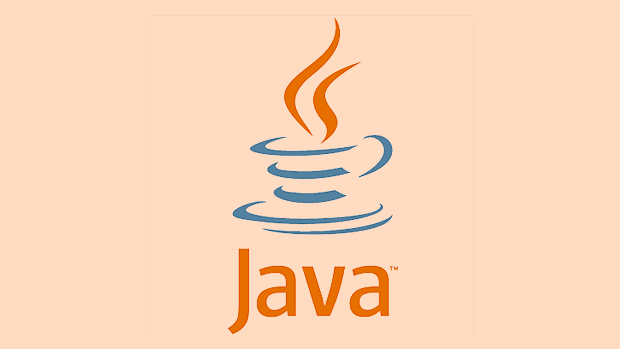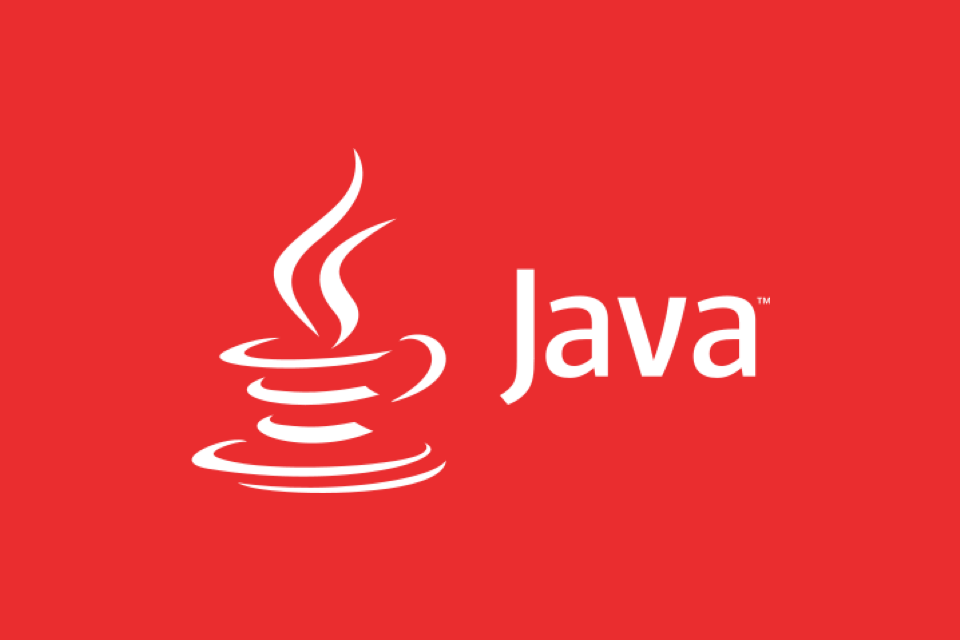Java Security for Broken Access Control
Jul 16, 2025 am 02:51 AMAccess control vulnerabilities are common in Java applications, especially in web development, and are mainly caused by poor permission verification. There are four solutions: First, the permission verification pre-installation, intercepting at the Controller or Filter layer, and unifying the entry control permissions; second, use Spring Security to simplify permission control, and centrally manage interface permissions through annotation or configuration classes; third, prevent IDOR vulnerabilities, do attribution checks when accessing resources, and restrict overprivileges in combination with database query; fourth, avoid hard-coded permission logic, and use the RBAC model to dynamically configure permission rules to improve flexibility and maintainability.

Access control vulnerabilities are very common in Java applications, especially in web development. If permission verification is not strict, it is easily bypassed. This type of problem is usually not because of Java itself, but because developers neglect details when implementing permission logic. The key to solving this type of problem is: strictly verify user identity, refine permission control, and avoid hard-coded permission logic .

User permission verification should be pre-set, not post-set
Many Java applications like to make judgments in business logic when processing permissions, such as:
if (user.role == "admin") {
// Perform an action}This method is easily bypassed, especially when the URL directly exposes the resources. The correct way is to do permission verification before entering the business logic, such as intercepting in the Controller layer or Filter layer.

For example:
@Override
protected void doFilterInternal(HttpServletRequest request,
HttpServletResponse response,
FilterChain filterChain)
throws ServletException, IOException {
String token = extractToken(request);
User user = getUserFromToken(token);
if (!isAccessAllowed(request, user)) {
response.sendError(HttpServletResponse.SC_FORBIDDEN);
return;
}
filterChain.doFilter(request, response);
}The advantage of this is to unify entry control permissions and avoid writing verification logic through each interface.

Simplify permission control with Spring Security
If you are using Spring Boot, Spring Security is a very practical tool. It can not only perform login authentication, but also finely control interface permissions.
For example, you can use annotations to restrict access to methods:
@PreAuthorize("hasRole('ADMIN')")
public void deleteUser(Long userId) {
// Only the ADMIN role can be called}Or configure URL permissions uniformly in the configuration class:
@Configuration
@EnableWebSecurity
public class SecurityConfig {
@Bean
public SecurityFilterChain filterChain(HttpSecurity http) throws Exception {
http
.authorizeRequests()
.requestMatchers("/admin/**").hasRole("ADMIN")
.requestMatchers("/user/**").hasAnyRole("USER", "ADMIN")
.anyRequest().authenticated()
.and()
.httpBasic();
return http.build();
}
}The advantage of this is that permission logic is centralized management, which facilitates maintenance and auditing.
Avoid IDOR (Insecure Direct Object References)
IDOR is a common Broken Access Control problem, which refers to users who can access resources that do not belong to their own by modifying the request parameters. for example:
GET /api/users/123
If user A can access user B's information by changing 123 to 456, it is a typical IDOR vulnerability.
The solution is: every time you access the resource, you must do an attribution check .
for example:
User requestedUser = userService.findById(userId);
if (!requestedUser.getOwnerId().equals(currentUser.getId())) {
throw new AccessDeniedException("No permission to access");
}Or combine database queries more granularly:
SELECT * FROM users WHERE id = ? AND owner_id = ?
In this way, even if the attacker guesses the ID, he will not be able to access it beyond his authority.
Do not hard-code permission data, consider dynamic configuration
Many projects like to use if-else to judge roles when controlling permissions, such as:
if (user.getRole().equals("admin")) {
// ...
}The problem with this approach is that once the permission logic changes, the code needs to be changed and redeployed. A more reasonable approach is to use a database or configuration center to manage permission rules.
Consider:
- Using the RBAC (role-based access control) model
- Store permission rules in the database
- Dynamic query permissions every time you access
The advantage of this is that permission adjustments are flexible and there is no need to change the code.
In general, the core of access control issues in Java applications is that permission verification must be unified, pre-oriented, and fine-grained . Tools such as Spring Security have provided good basic capabilities, and the key is that developers must use them correctly. Many loopholes are not because of technical difficulties, but because the details are not done properly.
The above is the detailed content of Java Security for Broken Access Control. For more information, please follow other related articles on the PHP Chinese website!

Hot AI Tools

Undress AI Tool
Undress images for free

Undresser.AI Undress
AI-powered app for creating realistic nude photos

AI Clothes Remover
Online AI tool for removing clothes from photos.

Clothoff.io
AI clothes remover

Video Face Swap
Swap faces in any video effortlessly with our completely free AI face swap tool!

Hot Article

Hot Tools

Notepad++7.3.1
Easy-to-use and free code editor

SublimeText3 Chinese version
Chinese version, very easy to use

Zend Studio 13.0.1
Powerful PHP integrated development environment

Dreamweaver CS6
Visual web development tools

SublimeText3 Mac version
God-level code editing software (SublimeText3)

Hot Topics
 Generating sequences with Python yield keyword
Jul 16, 2025 am 04:50 AM
Generating sequences with Python yield keyword
Jul 16, 2025 am 04:50 AM
The yield keyword is used to create generators, generate values on demand, and save memory. 1. Replace return to generate finite sequences, such as Fibonacci sequences; 2. Implement infinite sequences, such as natural sequences; 3. Process big data or file readings, and process them line by line to avoid memory overflow; 4. Note that the generator can only traverse once, and can be called by next() or for loop.
 Exploring Basic PHP Syntax
Jul 17, 2025 am 04:11 AM
Exploring Basic PHP Syntax
Jul 17, 2025 am 04:11 AM
The basic PHP syntax includes: 1. Use wrapping code; 2. Use echo or print to output content, where echo supports multiple parameters; 3. Variables do not need to declare types, start with $. Common types include strings, integers, floating-point numbers, booleans, arrays and objects. Mastering these key points can help you get started with PHP development quickly.
 Understanding PHP Variable Types
Jul 17, 2025 am 04:12 AM
Understanding PHP Variable Types
Jul 17, 2025 am 04:12 AM
PHP has 8 variable types, commonly used include Integer, Float, String, Boolean, Array, Object, NULL and Resource. To view variable types, use the gettype() or is_type() series functions. PHP will automatically convert types, but it is recommended to use === to strictly compare the key logic. Manual conversion can be used for syntax such as (int), (string), etc., but be careful that information may be lost.
 Understanding PHP Files
Jul 17, 2025 am 04:13 AM
Understanding PHP Files
Jul 17, 2025 am 04:13 AM
PHP files are server-side scripting language files used for dynamic web development. They can process form data, connect to databases, generate dynamic content, and control access rights. It ends with .php, and the code returns the result to the browser after it is executed on the server. To run PHP files, you need to install a local server environment such as XAMPP, put the files in the server directory and access them through the browser. PHP is usually mixed with HTML. It is recommended to master HTML, CSS, JavaScript and basic programming concepts before learning. Practice more to get started quickly.
 The Magic of Variable Variables
Jul 16, 2025 am 03:26 AM
The Magic of Variable Variables
Jul 16, 2025 am 03:26 AM
VariableVariables is a feature in PHP that uses variable values as another variable name. It uses $$var to achieve dynamic access to variables, process form input, and build flexible configuration structures. For example, $name="age"; echo$$name is equivalent to the output value of $age; common usage scenarios include: 1. Dynamic access to variables, such as ${$type.'_info'}, different variables can be selected according to the conditions; 2. Automatically assign values when processing form input, but attention should be paid to security risks; 3. Build a flexible configuration structure and obtain corresponding values through string names; when using it, you need to pay attention to code maintenance, naming conflicts and debugging difficulties. It is recommended that only
 Common PHP Variable Mistakes
Jul 17, 2025 am 04:08 AM
Common PHP Variable Mistakes
Jul 17, 2025 am 04:08 AM
Common errors in using PHP variables include undefined variables, improper reference assignment, improper type comparison, and confusing global variables. 1. Ignoring that the undefined variable will cause an Notice error. You should use isset() or empty() to check; 2. Reference assignment modification will affect other variables, and you should clean up unset() after the loop; 3. Using == will lead to automatic conversion of types, and you should use === for congruent judgments; 4. Global variables are prone to confusion, and it is recommended to avoid or encapsulate them into class attributes to improve code clarity.
 Understanding PHP Variables
Jul 17, 2025 am 04:11 AM
Understanding PHP Variables
Jul 17, 2025 am 04:11 AM
PHP variables start with $, and the naming must follow rules, such as they cannot start with numbers and are case sensitive; the scope of the variable is divided into local, global and hyperglobal; global variables can be accessed using global, but it is recommended to pass them with parameters; mutable variables and reference assignments should be used with caution. Variables are the basis for storing data, and correctly mastering their rules and mechanisms is crucial to development.
 Go Network Scanner Development
Jul 17, 2025 am 03:30 AM
Go Network Scanner Development
Jul 17, 2025 am 03:30 AM
There are four core points to develop a Go network scanner: 1. Select suitable libraries such as net and gopacket; 2. Understand the underlying protocols such as ICMP, TCP, SYN, and UDP; 3. Use goroutine and channel to design concurrency mechanisms and control quantity; 4. Ensure scanning compliance to avoid abuse. The basic methods of network scanning include ICMP detection host survival, TCP/SYN/UDP port detection, etc. Go's net library can implement basic scanning, and gopacket supports original packet operation. By limiting the number of goroutines, it can improve efficiency. Notes include legal authorization, rate control, and avoiding large-scale public network scanning






